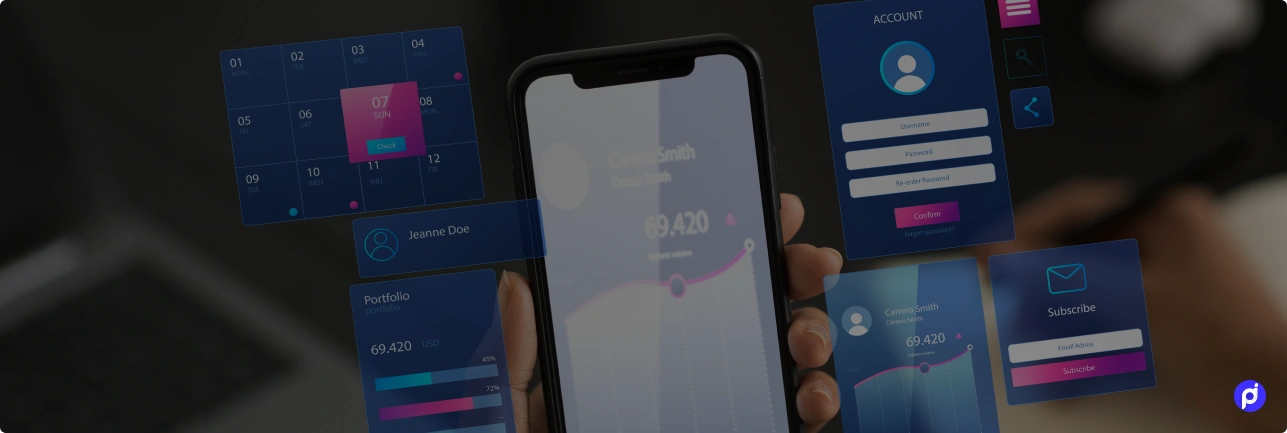Operating a travel & Hospitality business isn’t easy because every minute there are several transactions involved. In the past decade, paying for travel services primarily revolved around traditional methods like bank transfers or credit cards. But after the pandemic when every financial aspect has gone digital, you cannot avoid fintech in your travel and hospitality business. As consumer behavior evolves and digital lifestyles become increasingly prevalent, it’s important to know the impact of fintech on your travel and hospitality.
Impact of Fintech on Travel and Hospitality:
1. Seamless Transactions
Gone are the days of cumbersome payment processes and endless paperwork. With Fintech solutions, businesses can now offer their customers seamless and secure payment options, thereby enhancing overall satisfaction. Whether it’s booking flights, accommodations, or activities, travelers expect convenience at their fingertips. By integrating tailored Fintech solutions, companies can streamline transactions, reduce friction points, and ultimately, drive customer loyalty.
2. Enhanced Personalization
In the competitive landscape of travel and hospitality, personalization is key to standing out. Fintech empowers businesses to gather valuable customer data and insights, allowing them to offer personalized experiences tailored to individual preferences. Whether its suggesting personalized travel itineraries based on past preferences or offering targeted promotions, Fintech enables businesses to forge deeper connections with their customers.
3. Optimized Operational Efficiency
Behind the scenes, Fintech solutions are revolutionizing the way businesses operate. From inventory management to supply chain optimization, these technologies offer unparalleled efficiency and cost savings. By automating repetitive tasks and leveraging data analytics, businesses can make informed decisions in real-time, thereby optimizing resources and maximizing profitability.
Seamless Integration of Travel and Hospitality Software Development Services
This is an era where you must adopt software solutions or walk out of business. Hence, Travel and Hospitality Software Development Services are a must for you. Implementing fintech in your travel and hospitality software requires an association with a Travel & Hospitality Software Development Company. Their experts will work together with your businesses to help develop customized solutions tailored to their unique needs.
As we look to the future, the influence of Fintech on the travel and hospitality industry is only set to grow. From the adoption of blockchain technology for secure transactions to the integration of Artificial Intelligence for predictive analytics, the possibilities are endless. However, to fully harness the potential of these advancements, businesses must embrace a culture of innovation and collaboration.
Final Paragraph
The integration of Fintech solutions marks a new era of possibilities for the travel and hospitality industry. From empowering seamless transactions to enhancing personalization and optimizing operational efficiency, the benefits are undeniable. By partnering with a reputable Travel & Hospitality Application Development Company, businesses can navigate this transformative journey with confidence, ensuring they remain at the forefront of innovation in the years to come.
The FAQ’s:
1. FAQ: How does Fintech improve the payment experience for travelers in the travel and hospitality industry?
Answer: Fintech revolutionizes the payment experience by offering seamless and secure transaction options, eliminating the hassle of traditional methods. Whether booking flights, accommodations, or activities, Fintech solutions streamline the process, enhancing customer satisfaction and convenience.
2. FAQ: Can Fintech solutions really enhance personalization in the travel and hospitality sector?
Answer: Absolutely. Fintech empowers businesses to gather valuable customer data and insights, enabling personalized experiences tailored to individual preferences. Whether it’s suggesting customized travel itineraries or offering targeted promotions, Fintech facilitates deeper connections with customers, ultimately improving loyalty and satisfaction.
3. FAQ: How does Fintech contribute to operational efficiency behind the scenes in travel and hospitality businesses?
Answer: Fintech solutions optimize operational efficiency by automating repetitive tasks and leveraging data analytics for informed decision-making. From inventory management to supply chain optimization, these technologies drive cost savings and resource optimization, ultimately maximizing profitability for businesses.
4. FAQ: Why is it essential for travel and hospitality businesses to integrate Fintech into their software development services?
Answer: In today’s digital age, adopting software solutions is imperative for businesses’ survival. Integrating Fintech into travel and hospitality software development ensures enhanced functionality, streamlined processes, and improved customer experiences. Partnering with a reputable Travel & Hospitality Software Development Company allows businesses to tailor customized solutions to their unique needs, staying competitive in the market.
5. FAQ: What does the future hold for Fintech in the travel and hospitality industry?
Answer: The future of Fintech in travel and hospitality is promising. From adopting blockchain for secure transactions to integrating AI for predictive analytics, the possibilities are endless. To fully harness these advancements, businesses must embrace innovation and collaboration. Partnering with experts in Travel & Hospitality Application Development ensures companies remain at the forefront of innovation, driving success in the years to come.













